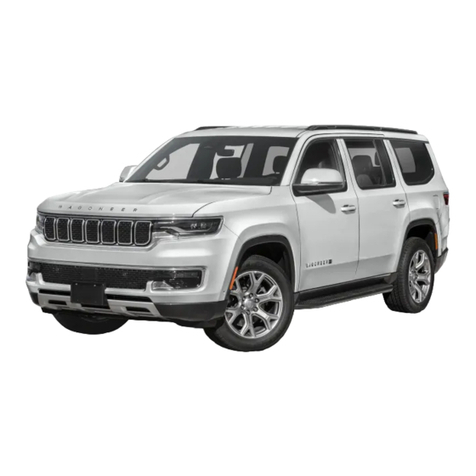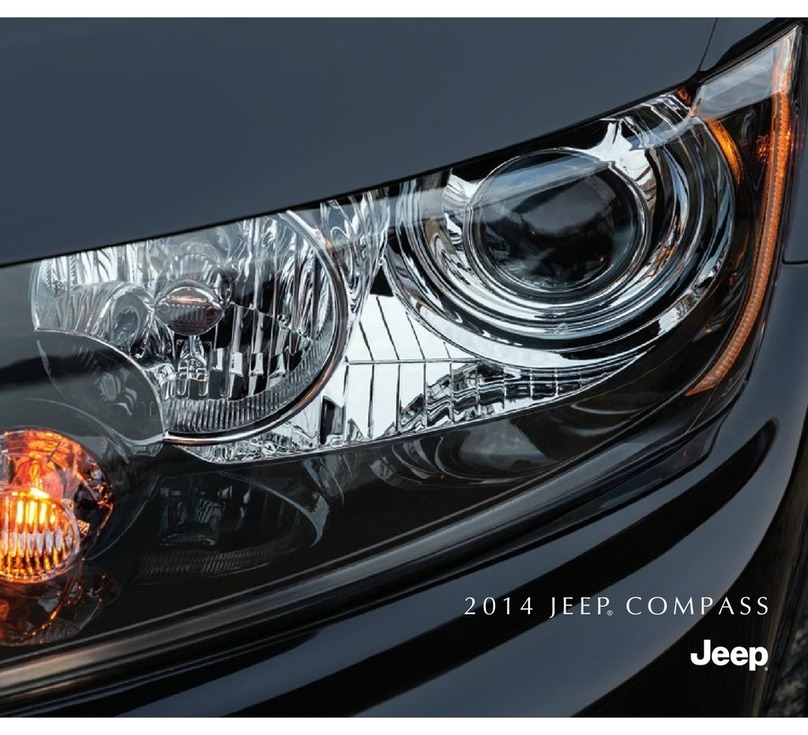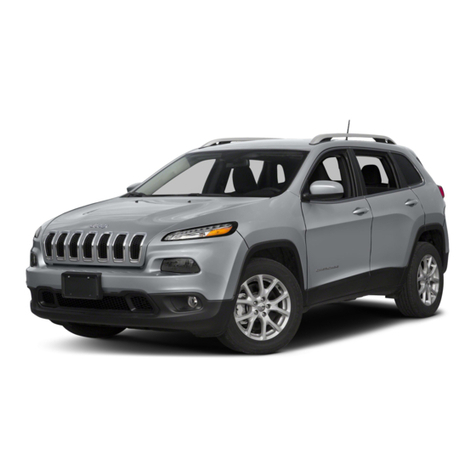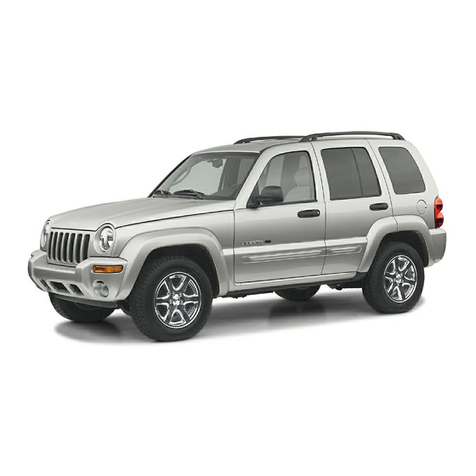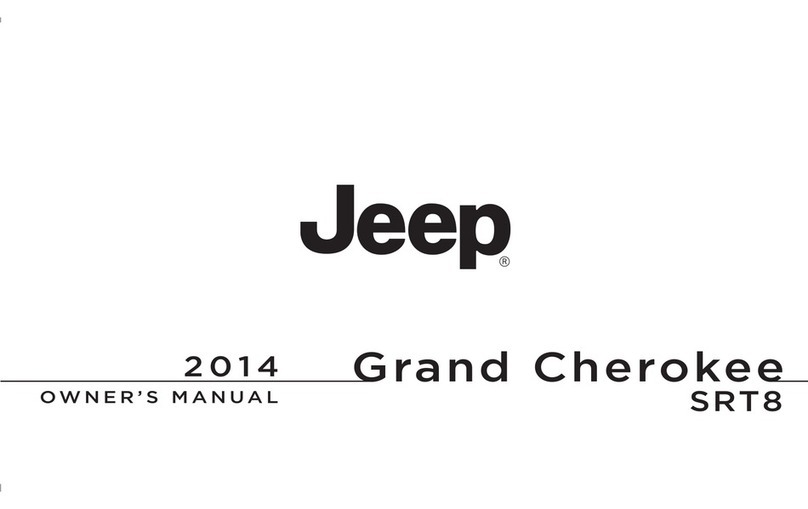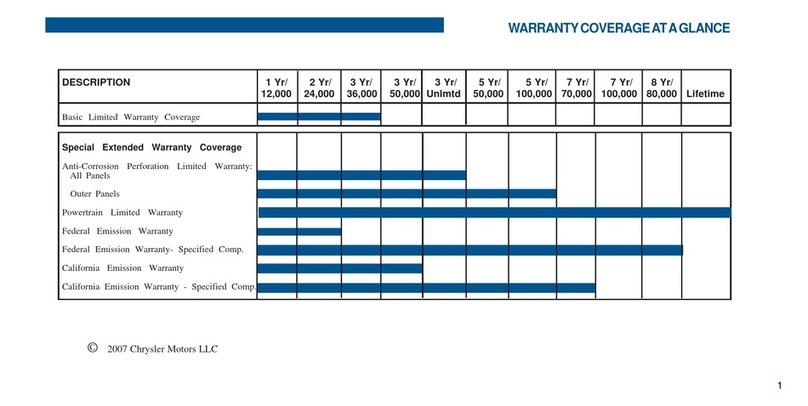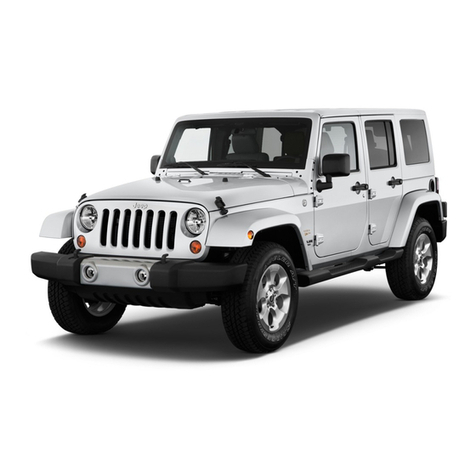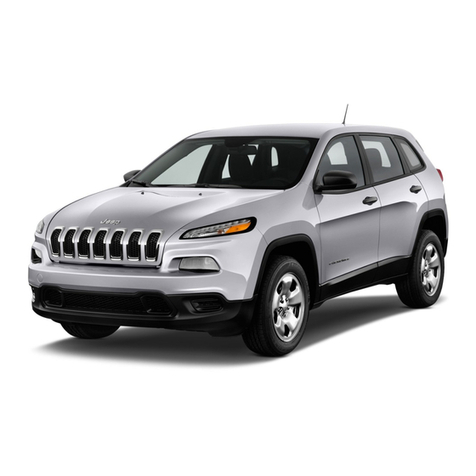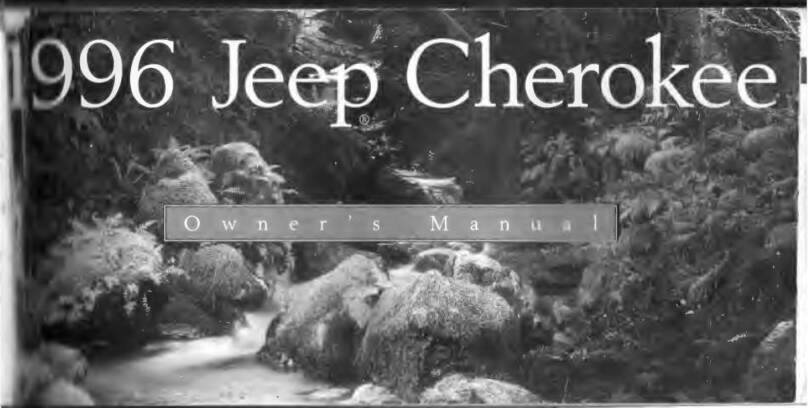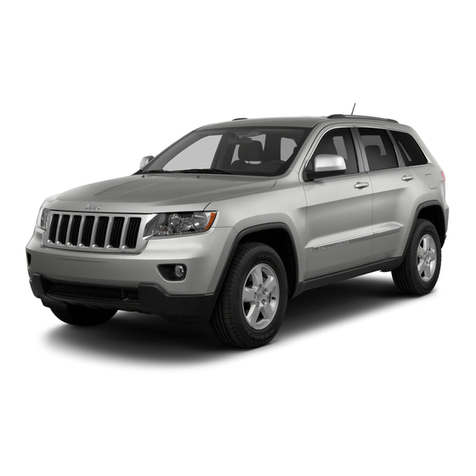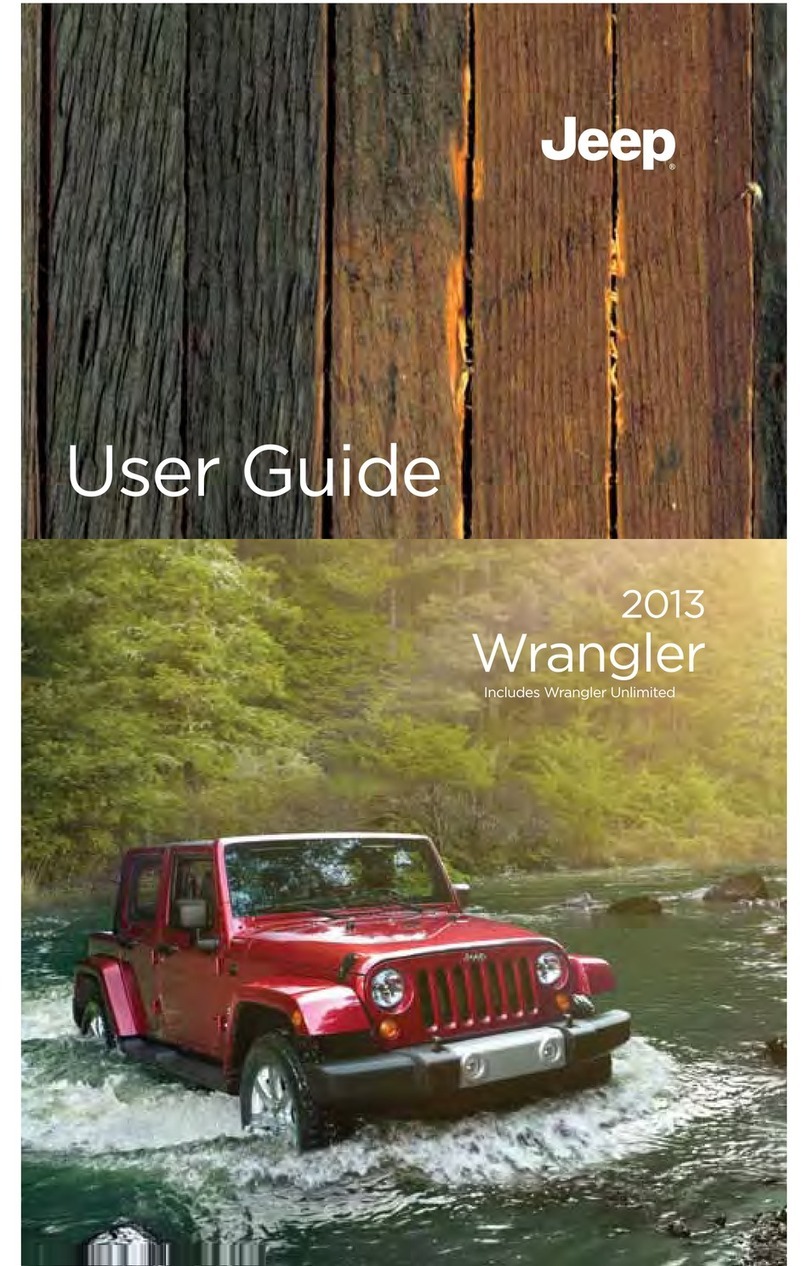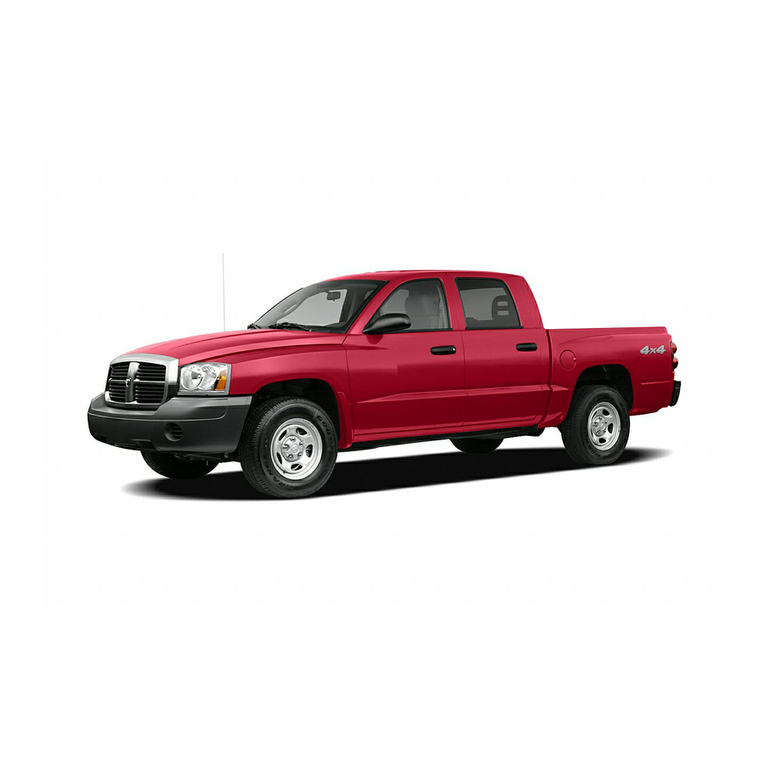
'Jeep'
UNIVERSAL
and
'Jeep'
DISPATCHER
B
LUBRICaTION
Contents
SUBJECT
PAR.
Air
Cleaner
.........................
B-23, B-43
Body
...................
:
..
:
.............
B-29
Brake
Master
Cylinder
....................
B-31
Choke
Control.
..........................
B-27
Clutch
Linkage
...........................
B-28
Clutch
Release
Bearing
....................
B-35
Differential:
Conventional.
.....................
B-18,
B-46
Powr-Lok
..............................
B-19
Distributor
..............................
B-20
Engine
Crankcase
................
B-
2,
B-7,
B-40
Field
and
Industrial
Use
...................
B-39
·
Flexible
Controls
.........................
B-27
Front
Axle
U-Joint
.................
·.B-11,
B-44
Generator
...............................
B-21
Governor
.................................
B-49
Hand
Brake
Control.
.....................
B-27
Heat
Control
Valve
.......................
B-25
Hydraulic
Lift
...........................
B-50
Initial
Lubrication
........................
B-6
B-1.
GENERAL
It
is
highly
important
that
the
correct
amounts
of
the
proper
lubricants
be
used
at
regular
intervals.
The
specifications
given
in
the
charts
and
detailed
description
of
this
section
should
be
closely fol-
lowed. Special
lubricating
instructions
for
field
and
industrial
use
are
given
as
the
last
part
of
this
section.
B-2.
Engine
Oil
Classifications
The
American
Petroleum
Institute
has
a
system
of
classifying
engine
oils
according
to
type
of
serv-
ice.
These
designations
are:
ML
-Light
and
favorable
service
conditions.
MM
-
Moderate
to
severe
service
conditions.
MS
-
Most
severe
service
conditions.·
Common
short
trip,
stop-and-go
driving
is
the
most
'severe
and
becomes
intensified
even
more
in
cold
weather.
In
cpntrast,
constant-speed
driving
on
highways
is
the
least
severe.
Depending
upon.
conditions
of
operation,
either
MM
or
MS
grade
is recoii).mended for
Jeep
vehicles.
It
is also
necessary
to
specify
the
SAE
number
in
addition
to
the
above
classification.
B-3.
Lubricant
Base
Sodium
base
lubricants
are
used
at
the
factory
for
initial
fill
of
the
wheel
bearings,
front
axle
shaft
universal
joints,
and
propeller
shaft
universal
joints.
Because
mixing
of
sodium
base
and
lithium
base
lubricants
results
in
a
thinned-out
mixture
that
can
bleed
through
seals,
always
use
sodium
base
SUBJECT
PAR.
King
Pin
Bearings
........................
B-11
Lubrication
Fittings
..................
B-8,
B-41
Oil
Filter
...........................
B-22, B-42
Oil
Pressure
..............................
B-4
Power
Take-Off
..........................
B-4
7
Propeller
Shaft
U-
Joints
...................
B-10
Radiator
................................
B-32
Shock
Absorbers
..........................
B-38
Speedometer
Cable
.......................
B-25
Spring
Shackles
and
Pivot
Bolts
............
B-9
Springs
..................................
B-37
Starting
Motor
...........................
B-36
Steering
Gear
............................
B-12
Throttle
Control.
.........................
B-27
Transfer
Case
.......................
B-15,
B-45
Transmission
........................
B-15,
B-45
·
U-Joints,
Front
Axle
.................
B-11,
B-44
U-
Joints,
Propeller
Shaft
..................
B-10
Water
Pump
Bearing
..........
.'
..........
B-35
Wheel
Bearings
...........................
B-13
wheel
bearing
and
universal
joint
lubricants
on
'Jeep'
vehicles.
Should
oil
leaks
occur
at
these
bearings,
thoroughly
remove
the
old
lubricant
before
new
lubricant
is
added.
B-4
..
Oil
Pressure Gauge
or
Indicator
On
Models
CJ-2A, CJ-3A,
and
early
CJ-3B
an
oil
pressure
gauge
is
mounted
on
the
instrument
panel.
This
gauge
indicates
the
oil
pressure
within
the
engine
lubricating
system.
On
Models
CJ-5,
CJ-6,
DJ-3A
and
later
production
vehicles
of
Model
CJ-3B
a
red
telltale
lamp,
which
operates
when
the
ignition
switch
is t;urned
on,
is
lit
when
there
is insufficient oil
pressure
to
properly
lubricate
the
engine.
When
it
goes
out,
operating
pressure
is
achieved.
In
normal
operation,
the
light
is
lit
when
the
ignition
is.
first
turned
on.
It
goes
out
after
the
vehicle is
in
motion.
Failure
of
the
gauge
or
indicator
to
register
normal
oil
pressure
may
indicate
insufficientsupply
of
oil
in
the
engine
crankcase,
low
or
no
oil
pump
pres-
sure,
or
a
fault
in
the
gauge
or
indicator
electrical
circuit.
The
engine
must
be
stopped
immediately
to
prevent
possible
damage
to
engine
bearings
and
the
fault
corrected
before
restarting
the
engine. '
B-5.
Engine.Lubricating
System
The
engine
is
pressure
lubricated
by
a
gear
type
oil
pump
driven
by
a
spiral
gear
on
the.
camshaft.
Oil is
drawn
through
a floating, screened' l.ntake
to
prevent
the
recirculation
of-any
sediment
or
water
that
might
.
accumulate
in
the
oil
pan.
Typical
Text
continued
ori
page
13.




